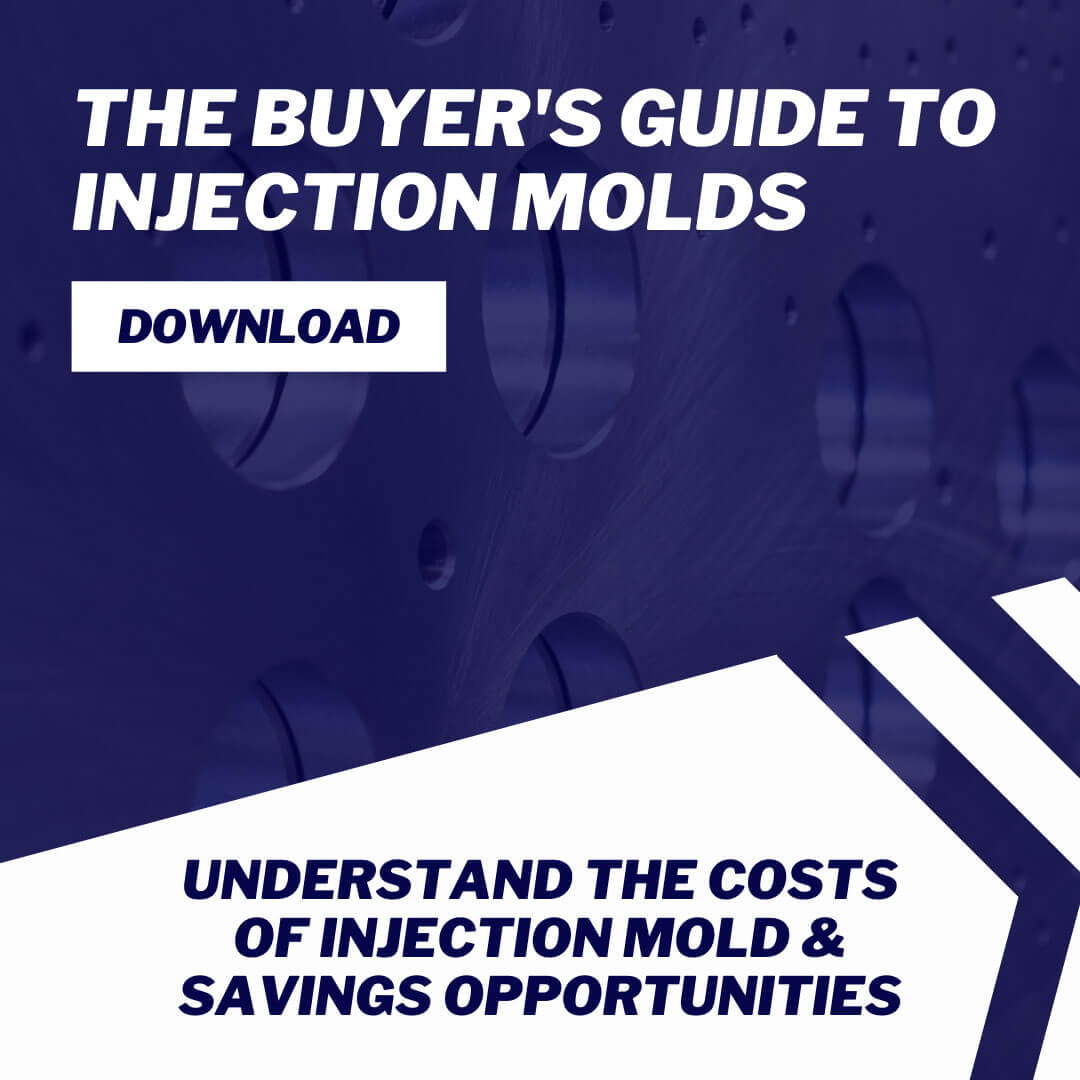CyCle Time Calulator
It's Quick and Easy
This simple cycle time calculator was created to give you an estimate of cycle time based on just two factors. There are more complicated calculation methods that provide more accurate results, however, the end result of this calculation will be a simple estimated range. Simply enter your wall thickness (less than an inch) and your press size, and your estimate will appear.
Cycle Time Calculations
quick guide
This quick guide was designed as a resource to provide a basic understanding of cycle time and its importance in the manufacturing process. For more in-depth questions on cycle time or other aspects of the manufacturing process, please contact us. A member of our team will reply promptly.
Definition of Cycle Time?
Cycle time, for the injection molding process, is typically referred to as the time it takes the machine in question to complete a one shot part. As some machines can create multiple parts per cycle. While it sounds simple enough, the definition becomes convoluted because various manufactures often measure it differently. Though sometimes complex, understanding your cycle time and having an accurate estimate is a key to successful production.
What Affects Cycle Time?
Below is an outline of a basic molding process, an explanation of each step, and generally how long it can be expected to take. These are really general guidelines and real-world production times can vary from the information provided.
Injection (.25 Seconds or more)
PACK/HOLD (5 Seconds or Less)
Cooling/Screw Recovery (7 to 45 Seconds or More)
MOLD ACTUATION AND EJECTION (3-7 SECONDS OR MORE)
How do you Calculate Cycle Time?
Since cooling takes most of the cycle, calculating cycle time often comes down to predicting cooling time. The other factors, like injection time, hold time, and mold actuation, are much easier to predict and generally do not have the amount of variability of cooling time. In other words, if I know the press size, I know typically how long it takes to move the mold and eject the part. Also, knowing the size and design of the part, I know within a second or so, how long to expect the injection and hold stages to take without much calculation.
When trying to predict cooling time we need to look at several factors. An important note here is that one can get “get into the weeds” on this and/or use software to predict it. Ultimately, there is some level of experience that needs to be applied. For example, one could precisely predict the cooling time of a part, but the sprue diameter is the largest “wall section” of the part and hence takes longer to cool than the parts. This is not ideal, but sometimes a reality. Below are factors that go into calculating cooling time.
- Type of Molding Material
- Plastics all have different thermal conductivities. In other words, they all have different rates at which they cool.
- Mold Material
- Like plastics, molding materials (aluminum, P-20, Stainless steel, ect) have different thermal conductivities as well. The mold material needs to move heat from the plastic, through it’s surfaces and out to cooling channels
- Mold cooling capacity
- For most molding applications the mold has water or oil lines to keep the mold at a certain temperature. Some molding materials need higher temperature molds for processing, but ultimately, we need to get heat from the plastic to the cooling mechanism. The design of the mold is the biggest factor here. The closer you can get the cooling lines to the molding surface the quicker the plastic will cool
- Part Design
- In and injection mold the plastic cools from the outside in or from the tooling surfaces towards the center of the part. We know that the thermal conductivity of both the plastic and the mold create a rate of cooling. The part design, primarily the average wall thickness, is ultimately the amount of plastic that needs to cool. That’s why is so important to design a part with as thin of a wall section as possible, without affecting the molding process or part performance. Thick wall sections can take a long time to cool. That’s why is so important to design a part for injection molding.


